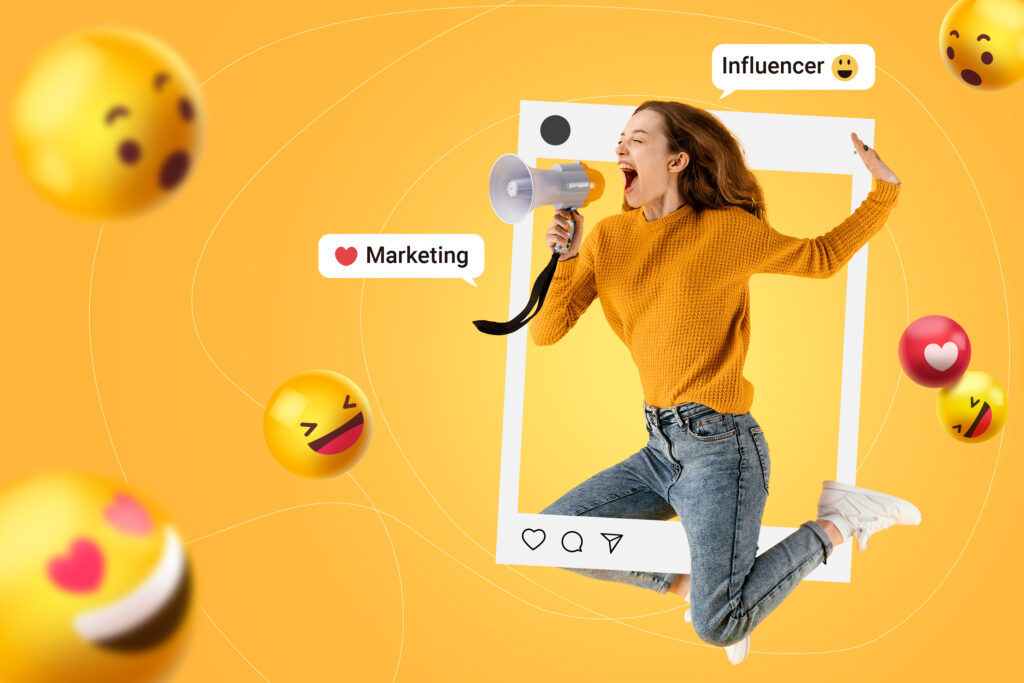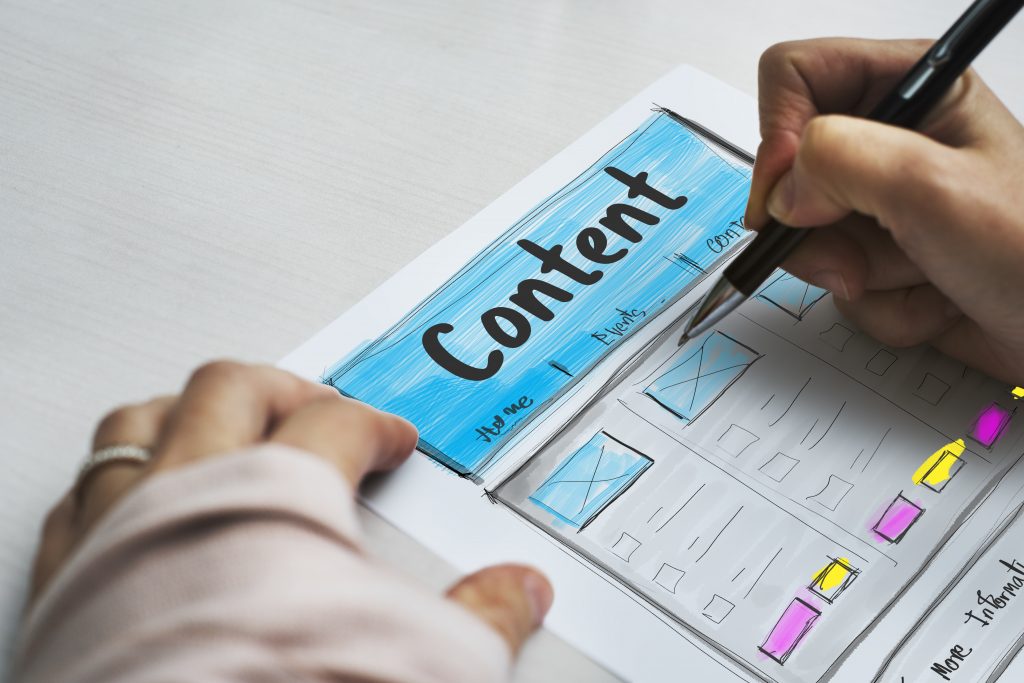Gamification has emerged as a powerful tool for enhancing user engagement and retention. Its applicability ranges from training to marketing to mobile and website apps in various domains , such as but not limited to education, marketing, and human resources. The process of gamification involves incorporating game-like elements into non-game contexts in order to create experiences that are enjoyable, engaging, and memorable for users. This has proven to be beneficial in improving the rate in which a user processes and maintains information as well as in staying focused on a productive activity.
What is gamification?
Gamification is a strategy that leverages people’s inclination for socializing, learning, mastery, competition, achievement, and status through game design elements and principles. Some classic game elements are rewards, badges, and leaderboards. This ultimately makes tasks or activities more enjoyable as users are incentivized to engage with the content and motivated to achieve the desired outcomes.
How does gamification enhance user engagement?
Gamification can be used in user engagement strategies to address the challenge of retention and motivation. This is especially effective for improving learning outcomes by incorporating game-like elements such as quizzes, challenges, and simulations, designers can create interactive and engaging learning experiences. This results in increased retention and understanding of the material, hence keeping the users motivated to consume content and interact with the product. By creating a sense of progress and achievement through game-like elements, users are more likely to be more involved to complete tasks and reach desired goals. This can be especially effective in contexts where users are required to complete repetitive or mundane tasks without any administrative intervention. Here’s how it works:
- Behavior Reinforcement
Gamification can effectively reinforce user behavior. Incorporating game-like elements allows you to reward users for their actions, such as leveling up or earning points by completing specific goals. Rewards are a powerful way to incite enjoyment of an activity. As a result, users are more engaged and inclined to return.
- Autonomy
Gamification can enhance user engagement by giving the user a sense of control. By designing a campaign with compelling game design, it promotes exploration and allows users to make choices on how to proceed. When users have agency in how they play and interact, they are more likely to find the overall experience enjoyable.
- Competition
Gamification takes into account the fact that people are competitive by nature. Adding a competitive aspect to an activity means that once a user starts it, they will likely become committed out of a desire to win, or at least outrank others involved in the activity. Competition within oneself can also be encouraged by creating goals or best scores that audiences will want to beat.
- Progress
In game mechanics, players typically have a sense of their progress, such as their current level or how much further they have to go. One way to implement this is through progress mechanics like progress bars, levels and milestones. The use of progress mechanics not only helps players track their progress, it also enables them to gauge how close they are to achieving the top score in a competitive leaderboard.
That being said, it is important to note that gamification is not a one-size-fits-all solution. In order for gamification to be effective, it must be carefully tailored to the specific context and audience. Designers must also take care to ensure that the game-like elements do not distract from the core functionality of the product or service. Because strategy formulation in successful gamification is data-driven, ASSIST Creativelab captures relevant data and puts the strategic insights into action and makes products and experiences more enjoyable and engaging for users.
The best way to create a successful gamified experience is to collaborate with professionals. Contact us today to explore how we can collaborate with you!



